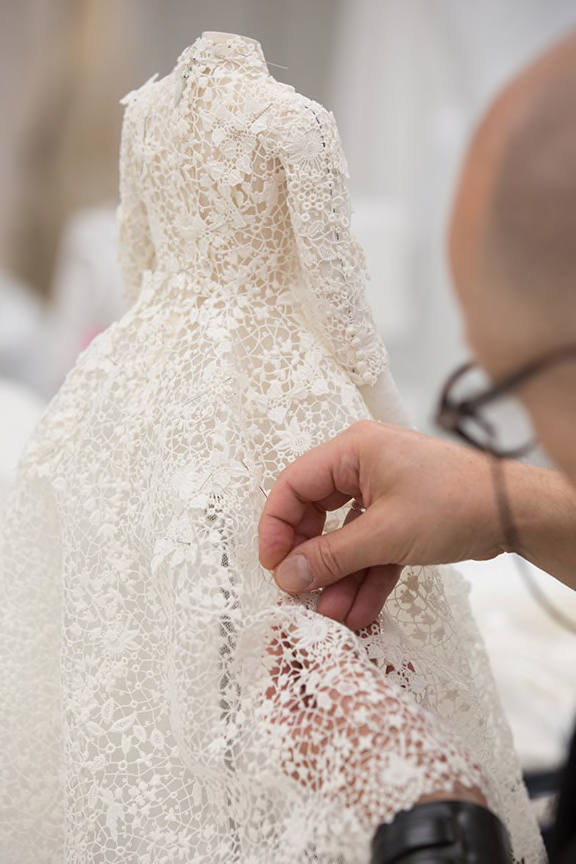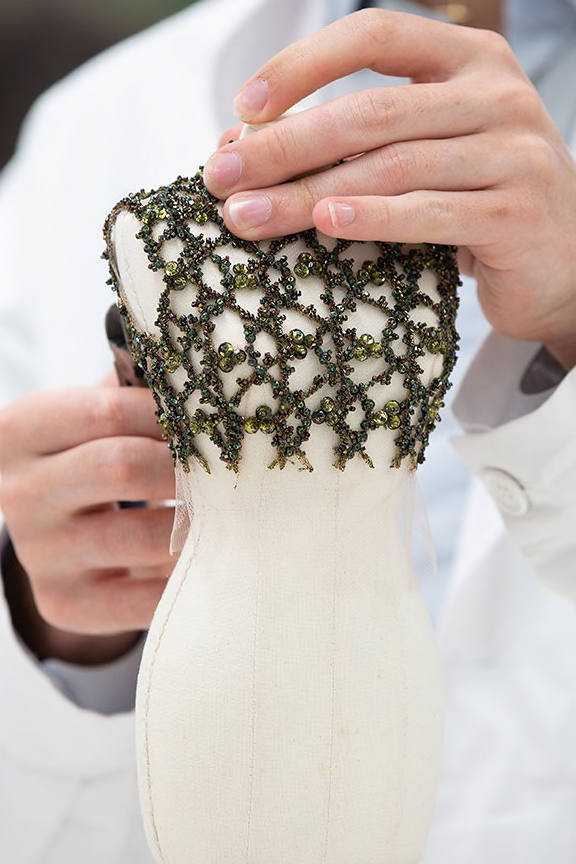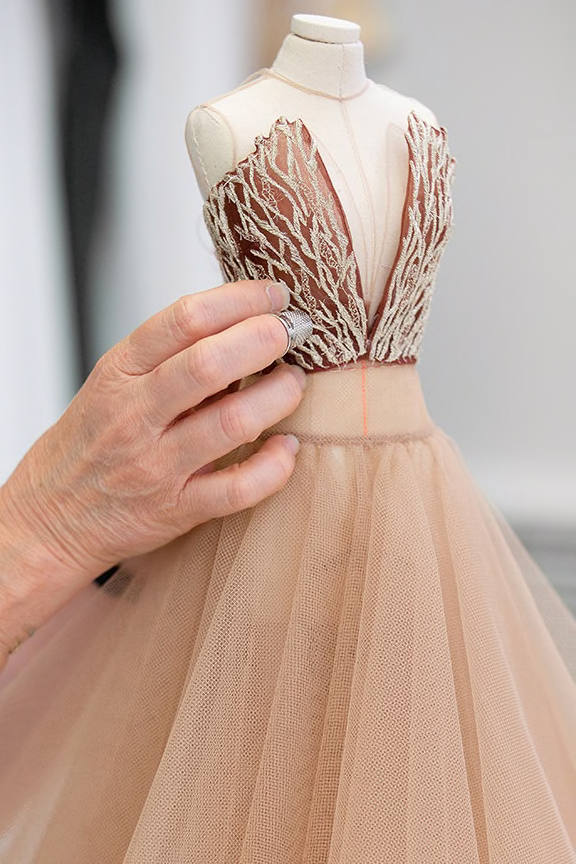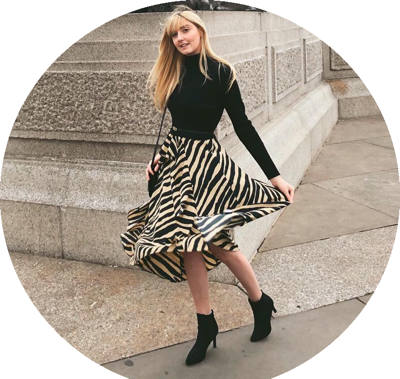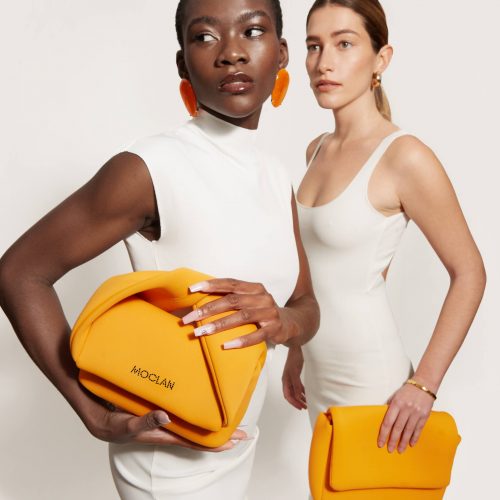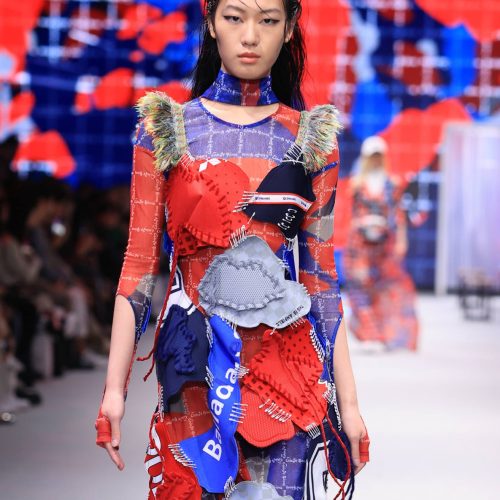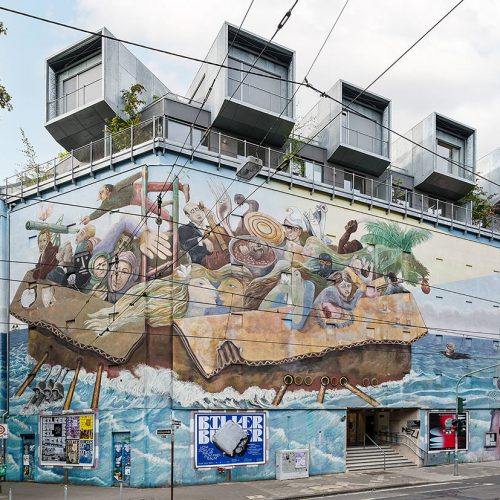Dior’s Miniature Collection: Challenging the Attitude Of Excess In Haute Couture
“Fanciful, exquisite, luxurious, unique” - these are just some of the words used to describe haute couture, however “miniature” or small in any general sense, has never been one of them - until now. For Dior’s Autumn-Winter 2020-2021 haute couture collection they managed to show us a very interesting approach that cuts out the excess and extravagance that haute couture is known for - but also, given a bad name for.
Back in January Vogue wrote of haute couture and how “what resulted this season were clothes that merged high-atelier craftsmanship with economy—a term rarely used in conjunction with the rarefied field of haute couture.” In this article that word, rarely used to describe haute couture, will be used again - economy.
A MORE SUSTAINABLE APPROACH
Dior created their entire Autumn-Winter 2020-2021 haute couture collection in miniature form. Each of the 37 garments are 55cm in heights, which is only 40% of a life-sized garment. There were actually only six looks made in life-size, which are the ones we see in the short film that previewed the collection. The scaling down cuts out 60% of consumption, it’s cuts out 60% of the fabric use, water waste, chemical dyes, threading - everything. With the resources it takes to make one haute couture collection Dior could make almost three miniature ones. This is not a novelty, this is a real haute couture collection. As Chiuri explained to Wwd, “all the dresses are really couture dresses. We made them in the real proportions with the real textiles, with the real craftsmanship.. It’s playful, but it’s real.” This is a incredibility economical and responsible approach to a couture collection. It has cut out anything lavish and excessive and instead been created in the most conversing way possible. Haute couture is always made-to-order - that’s the luxury of it - and Dior has found a way to not make an actual garment until an order is placed. Rather than parading their collection around to show off their craftsmanship, they are appealing modestly to the clients that couture actually serves.
The collection will be shipped to exclusive clients, Chiuri explained, “I saw many articles about the digital world, but honestly, fashion is not only digital. It’s not something you can only see. You have to touch it, you have to see the craftsmanship, especially in couture.” With these miniatures, Dior has found a way to successfully release a collection without the need for a fashion show. There isn’t a definite answer for the carbon footprint of a fashion show, however Vogue comments that “If you had to guess, a fashion show probably isn’t a beacon of sustainability… [with them] ending with a dumpster of plastic water bottles, press notes, invitations, flowers, and decor. To say nothing of the planes, trains, and automobiles required for everyone to actually get there.” We can assume, this miniature collection travelling to a specific, and small, clientele is far less of a carbon footprint. Also, it fulfils the clients needs to closely inspect the details of each garment, which many critics complained was lacking in other digital presentations.
The miniatures are a reference to the Théatre de la Mode, in which dolls were dressed in wonderful haute couture and shipped around the world, this was after the Second World War when fabric rationing was introduced. This has previously been a method, for Dior, of showing haute couture without the excess and wastefulness.
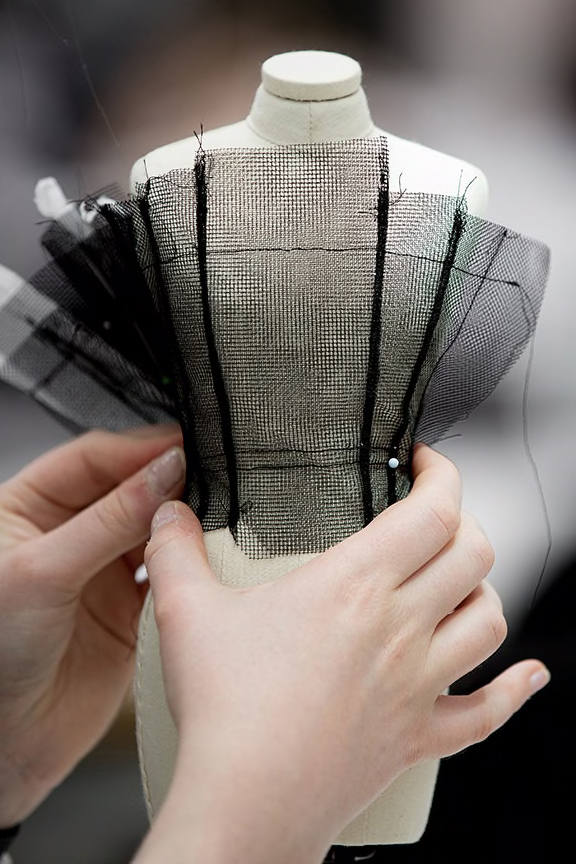

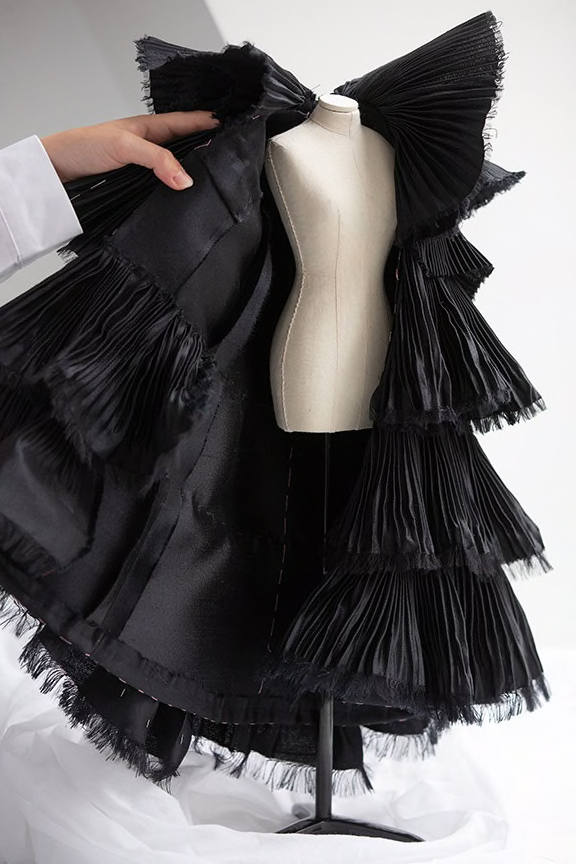
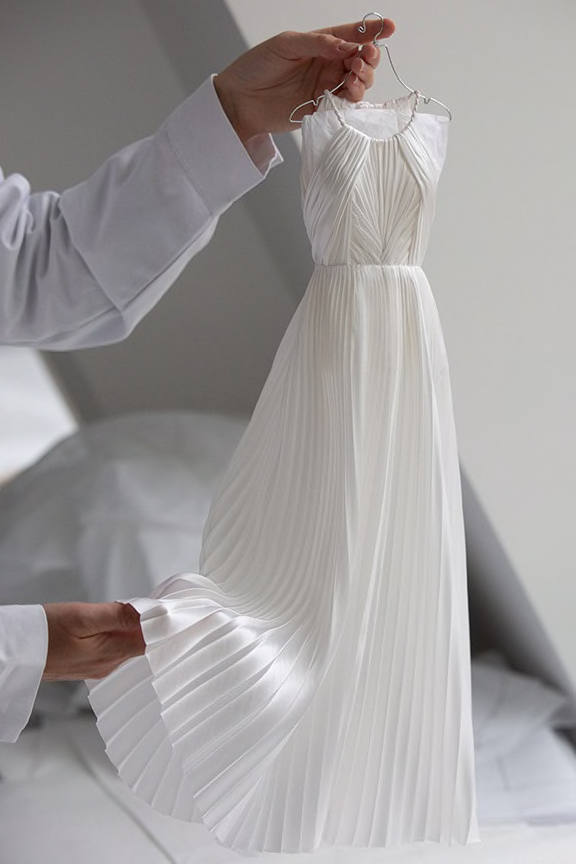
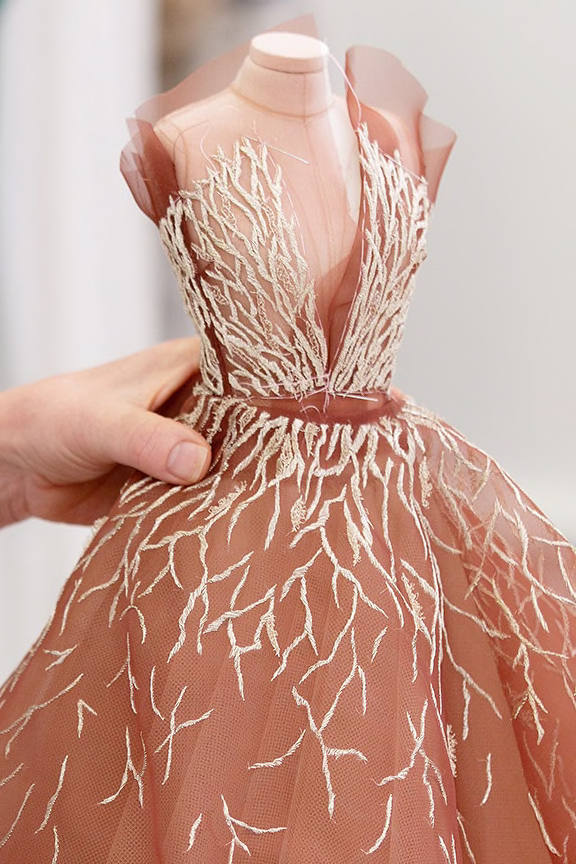
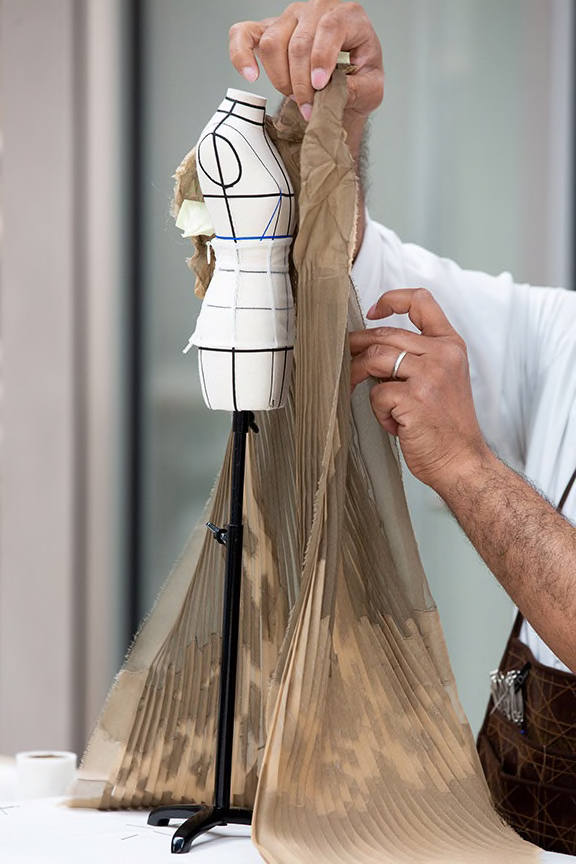
IN CONCLUSION
We are aware that this is not enough. The garments that will be made, when orders come through, are not made in any sustainable means. WWD reported about Chirui’s sustainable efforts back in 2019, stating “she’s worried that her motives will be misinterpreted, and that critics will question why Dior’s efforts towards sustainability don’t extend to the clothes themselves.” Chiuri also commented, “It’s really impossible to create a sustainable collection overnight. It’s not credible. First of all, what do you mean by sustainable? It’s very complex. It covers a lot of areas: there are chemical products, there is intensive production — there are many different aspects.”
However, whilst haute couture is regarded by many as “ridiculous clothes at ridiculous prices for ridiculously overindulged people” that is not what we saw from Dior’s newest collection. This isn’t just about Dior but about the fashion industry in general; Dior has changed the attitude of haute couture from one of excess back to it’s original intention of craftsmanship. This could just be a reaction to the pandemic, however it has still shown that a haute couture collection can be both glamorously impressive and economical, which could be the realisation needed for haute couture to go sustainable.
